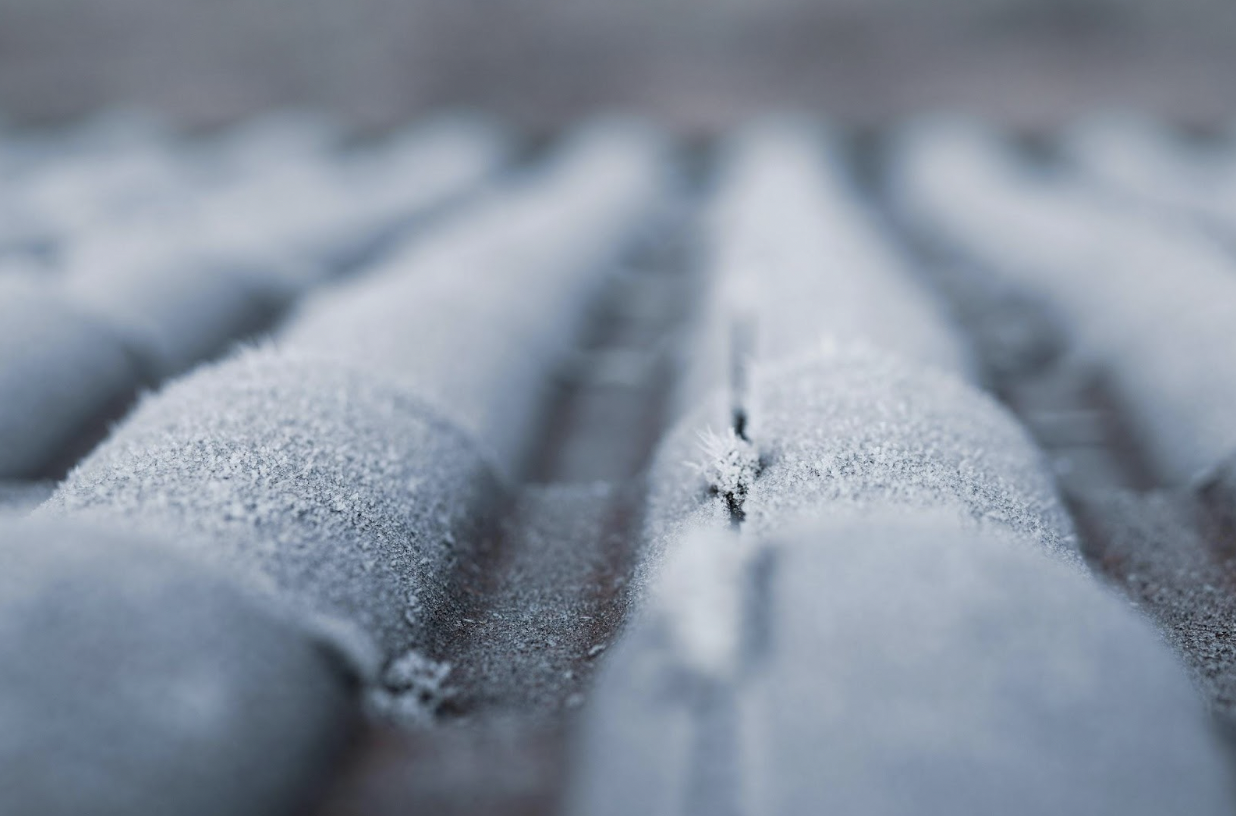Family First: Seasonal Roof Care for a Safer Home

A secure, well-maintained roof is more than just an architectural element, it’s the first line of defense protecting your family from the elements. Whether shielding your home from winter snow, spring showers, or the harsh summer sun, your roof plays a vital role in keeping your living space safe and comfortable. But this protection doesn’t happen automatically. Seasonal roof care is critical to ensure long-term durability, energy efficiency, and peace of mind.
Roof maintenance isn’t just about patching leaks. It’s a proactive investment in your family’s safety and your home’s value. Here’s how to approach seasonal care with confidence and purpose.
Start with an Annual Inspection
Before tackling the nuances of each season, begin with a comprehensive roof inspection. This should ideally happen once a year, preferably in the spring or fall when the weather is mild enough to assess damage from harsher seasons.
Look for missing, cracked, or curling shingles, rusted flashing, sagging areas, and signs of algae or moss. Check gutters for excessive granule loss, which indicates aging shingles. Inside your home, pay attention to damp spots on ceilings or musty smells in the attic, as they may suggest slow leaks or poor ventilation.
For homeowners considering upgrades, now is the time to assess whether your current materials can withstand regional climate demands. Some families choose to explore premium roofing options that offer enhanced durability, weather resistance, and energy efficiency. These materials may come with longer warranties and additional safety features, such as fire or impact resistance, important considerations for family-focused households.
Spring
As winter subsides, spring is the ideal season to address damage caused by snow, ice, and wind. Ice dams and freeze-thaw cycles often leave behind hidden wear that compromises the roof’s structural integrity. Begin by removing any lingering debris, twigs, leaves, and branches that can trap moisture and degrade materials.
Inspect flashing around chimneys, skylights, and vents for looseness or corrosion. These components are prone to shifting during cold spells and can lead to water intrusion if left unchecked. Make sure gutters and downspouts are completely clear to accommodate heavy spring rainfall, preventing overflow that could damage fascia boards or cause basement seepage.
Spring presents a good opportunity to prune overhanging branches that could break during summer storms. A clean roofline improves airflow and sun exposure, reducing the likelihood of moss and mildew growth.
Summer
While summer brings longer days and pleasant weather, it exposes your roof to intense ultraviolet (UV) radiation and heat buildup. Prolonged exposure to the sun can dry out roofing materials, making them brittle and susceptible to cracking. Metal elements may expand and contract, loosening seals and joints.
Ensure your attic is properly ventilated. Inadequate airflow not only accelerates material deterioration but can lead to trapped heat that drives up indoor temperatures and utility costs. Proper insulation and ridge or soffit vents allow hot air to escape and extend the life of the roof.
Use this time to apply reflective coatings or sealants if you live in a climate with extreme temperatures. These treatments can deflect sunlight and prevent heat absorption, helping your roof last longer while maintaining indoor comfort.
Fall
Autumn may offer the most moderate conditions, but it’s a crucial window for preparing your roof for the rigors of winter. Begin by thoroughly cleaning gutters and downspouts, falling leaves and organic debris can quickly clog drainage systems, leading to water backflow or ice dams once temperatures drop.
Check flashing and caulking for any gaps or deterioration, particularly around valleys and seams where rain and melting snow will naturally flow. Resealing these vulnerable points ensures water won’t infiltrate during the freeze-thaw cycle.
If your roof is nearing the end of its lifespan, fall is an excellent time for a replacement. The mild weather allows roofing crews to work efficiently, and you’ll enter winter with confidence knowing your home is reinforced against snow loads and icy winds.
Winter
Once winter arrives, active roof maintenance becomes limited, but monitoring remains crucial. After heavy snowfalls, assess for excessive buildup. While most roofs are designed to handle a certain amount of snow, wet or layered accumulation can become dangerously heavy.
Use a roof rake to gently remove snow from the lower edge of your roof. Avoid climbing onto the roof in winter, as icy surfaces pose serious safety hazards. Watch for signs of ice dams along the eaves, these form when heat from the attic melts snow that then refreezes, creating a barrier that traps water under shingles.
Inside your home, remain vigilant for water stains, drafty areas, or sudden spikes in heating bills. These symptoms may suggest roofing issues that require professional evaluation, even during cold weather.
Build a Maintenance Routine That Lasts
Keeping your roof in good shape isn’t just a seasonal task, it’s a year-round commitment that pays off in protection, energy savings, and peace of mind. Set reminders to inspect and clean seasonally. Take before-and-after photos to track changes, and maintain a file of invoices and inspection reports to help with warranties or future resale.
Engaging a trusted roofing contractor for annual assessments can provide additional assurance. Many offer maintenance plans that include routine inspections, minor repairs, and priority service in case of emergencies.
Caring for your roof isn’t about reacting to emergencies, it’s about preventing them. With mindful seasonal maintenance and an understanding of how the elements affect your roofing system, you’ll protect not just your house, but your loved ones inside it. Prioritizing your roof’s condition today means a safer, warmer, and more reliable home for your family tomorrow.






